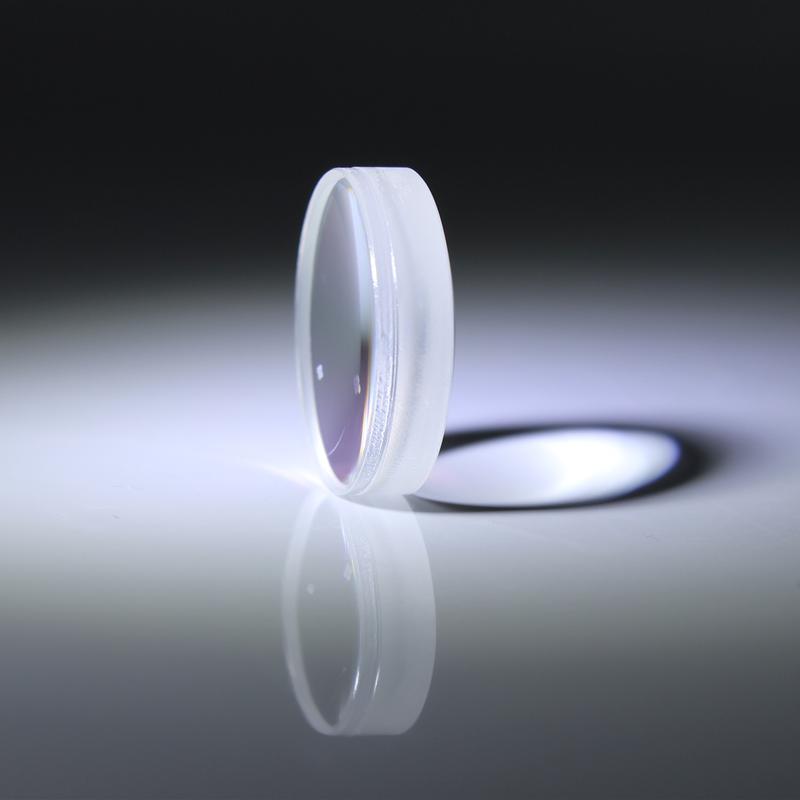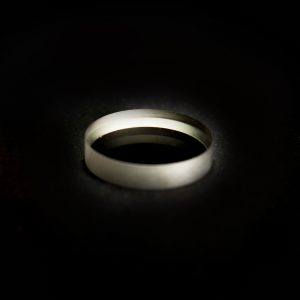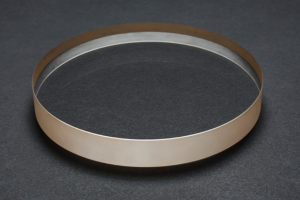
Ordinary achromatic lens refers to a lens group that corrects the color difference of light of three wavelengths (blue light, green light and red light). Because the focus of the blue image of the light converged by the convergent lens is close, while the concave lens has a high divergence rate of the blue light, and the positive and negative color differences of the two mirrors are opposite, the red and blue images can coincide into one, and the color difference can be basically eliminated. The crescent surface can limit spherical aberration and coma aberration. But there are astigmatism and distortion. In the early stage, it was mostly used to shoot scenery, so it was called landscape lens.
The application of achromatic lens can not only eliminate chromatic aberration, but also eliminate spherical aberration by appropriately changing the curvature radius of each surface. If the two kinds of glass constituting the double lens can be selected arbitrarily, it can eliminate coma at the same time. There are also three or four kinds of color light to correct the color difference. At this time, the remaining color difference is smaller. However, due to the difficulties in design and manufacturing, such lenses are only used in some special occasions. It is widely used. A multi lens optical system is often composed of multiple lenses. High quality microscopic objective lens and photographic lens are complex lens combination systems that eliminate both chromatic aberration and other monochromatic aberration. Simple square box cameras and children’s cameras are mostly equipped with lenses.
Achromatic lens principle is formed by bonding convex and concave lenses made of two glasses with different optical properties. Coronal glass with small refractive index and large dispersion ability is often used to make convex lens, and flint glass with large refractive index and small dispersion ability is used to make concave lens. Generally, the lens can only overlap the image points of the two main color lights (see Figure), so as to eliminate the color difference of the two color lights. For example, for visual aid optical instruments, considering the direct observation with eyes, the color difference between C line (red light with a wavelength of 656.3 nm) and f line (blue light with a wavelength of 486.1 nm) can be eliminated; For photographic lenses, from the perspective of photochemistry, the color difference between D-line (yellow light with a wavelength of 589.3 nm) and g-line (purple light with a wavelength of 430.8 nm) can be eliminated. Although there is still residual color difference for other color lights, it has little impact on general applications, and it can be considered that the color difference is basically eliminated.



